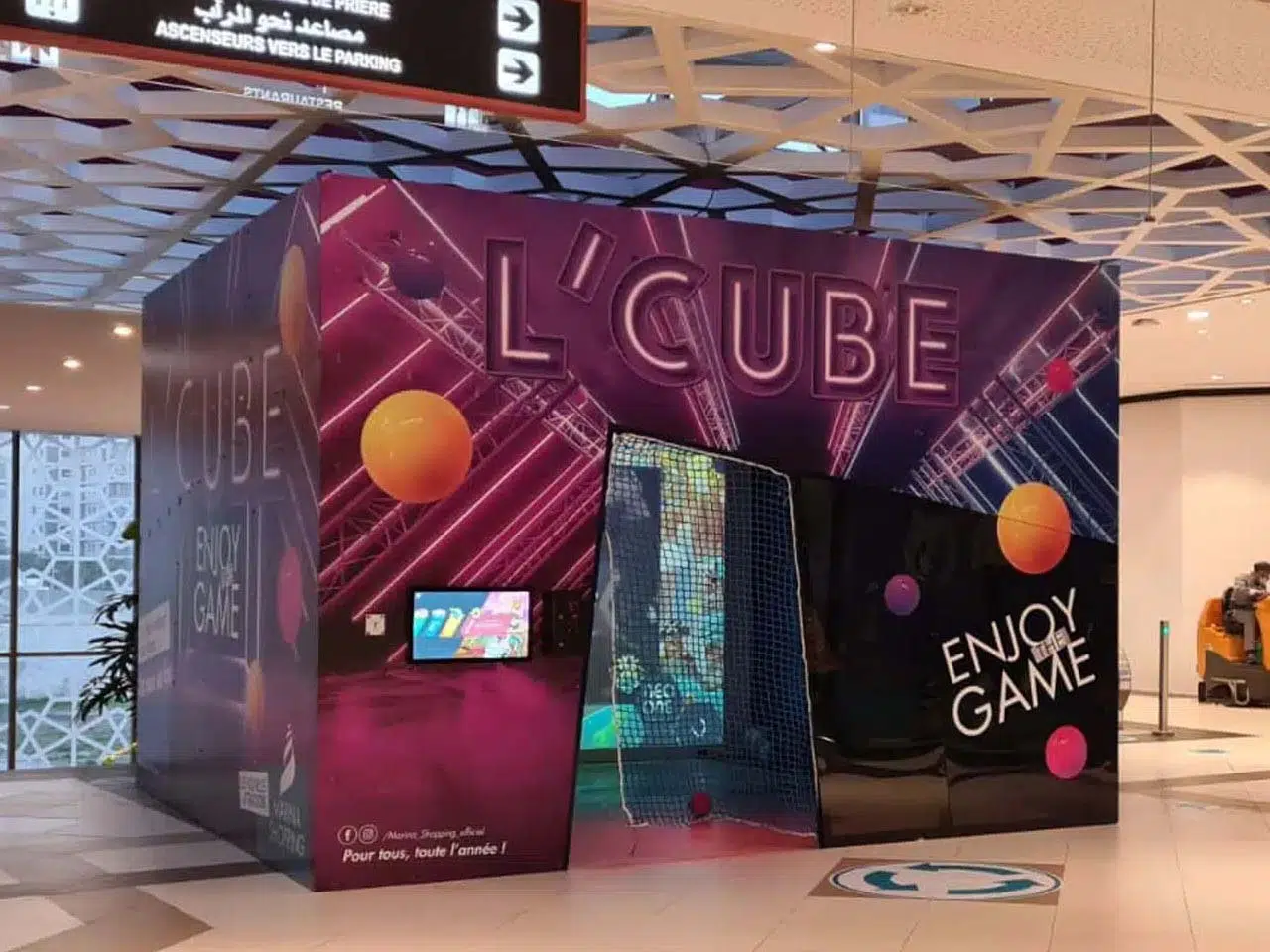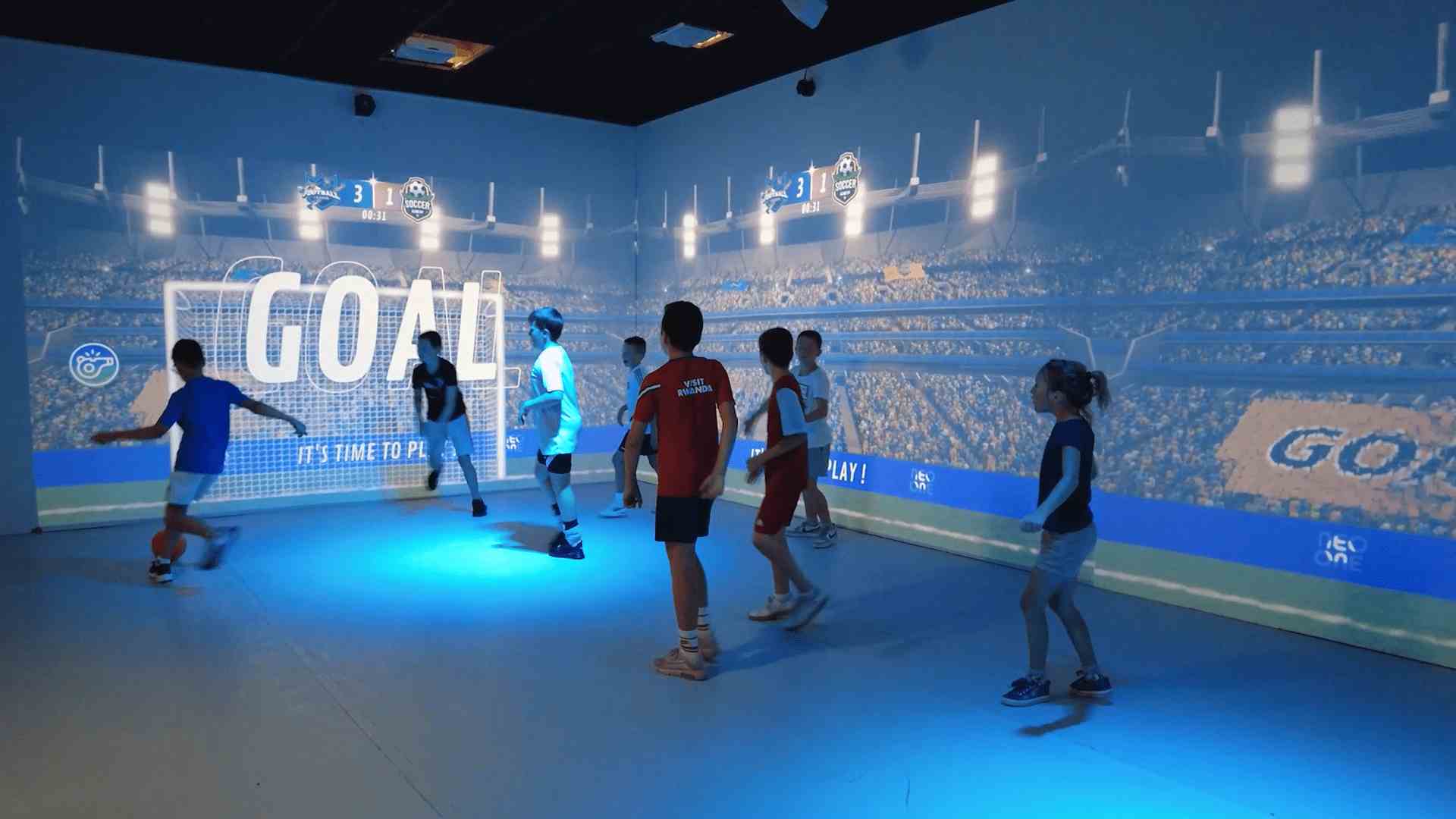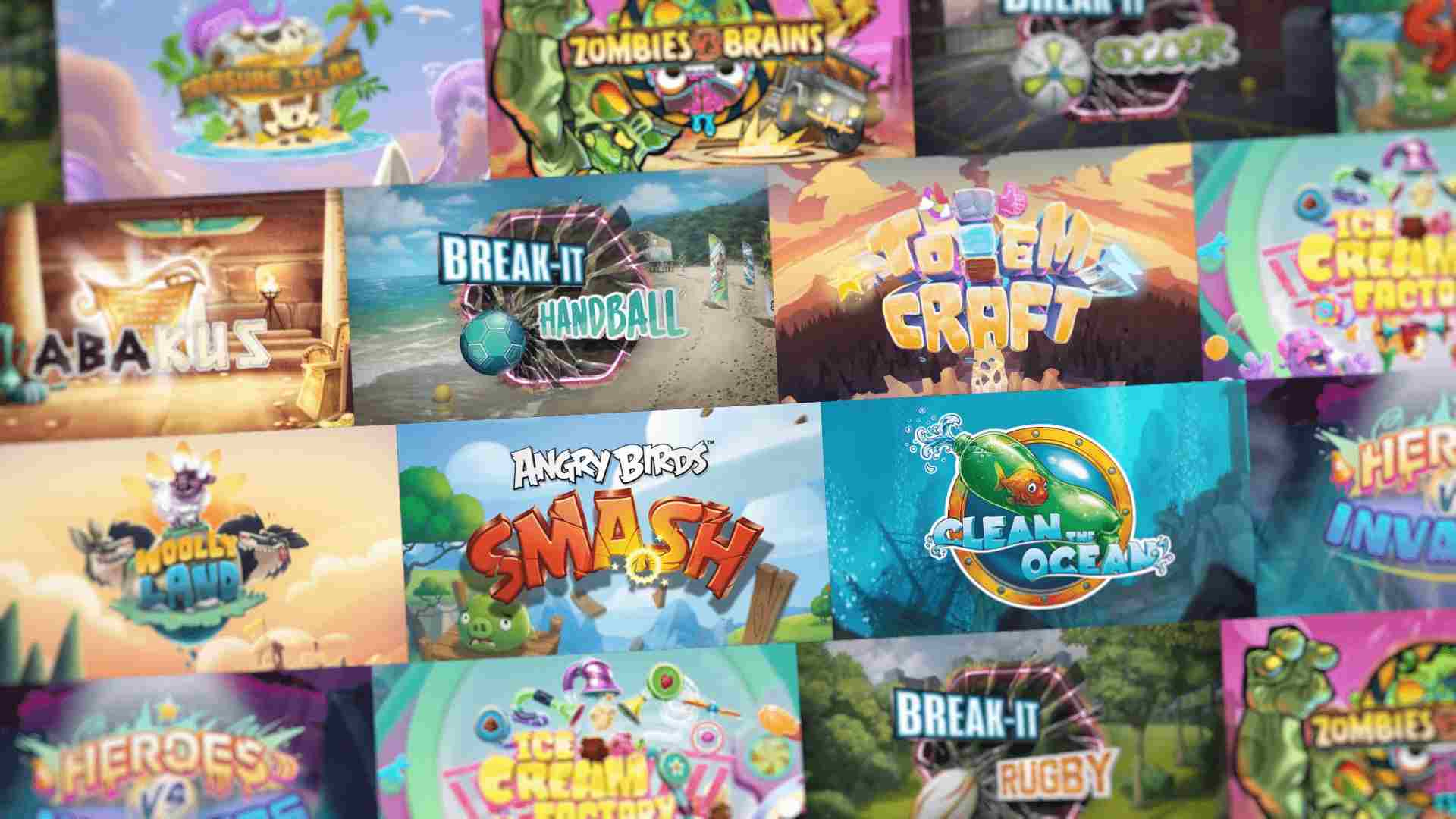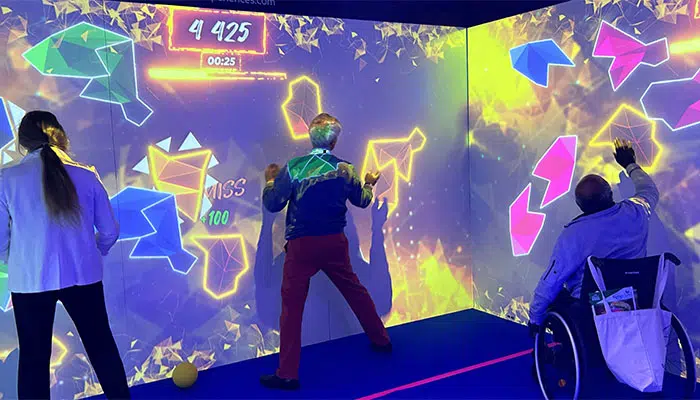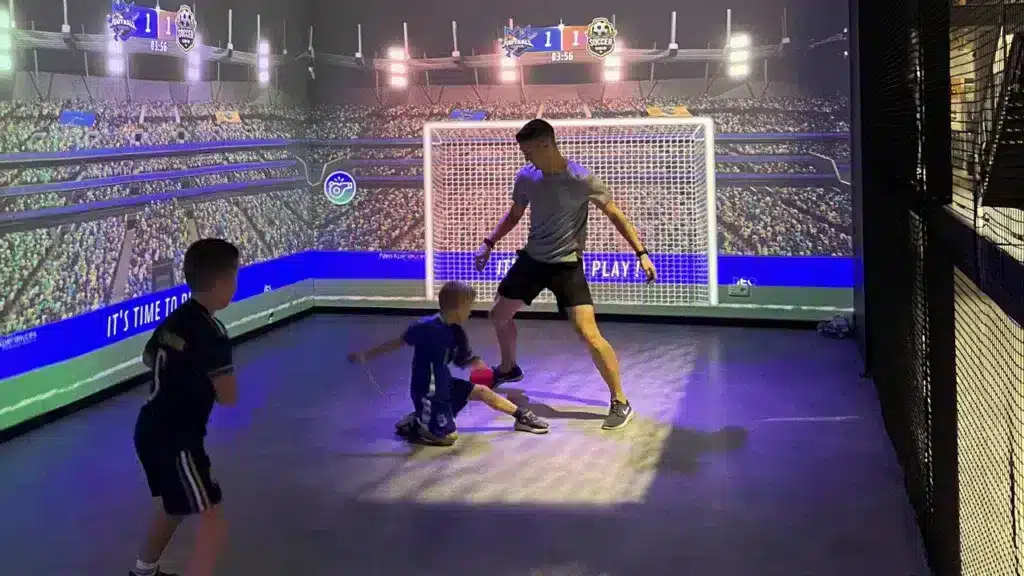Technological developments and their integration into learning
Educational technologies have gradually transformed the way students learn and teachers impart knowledge. From the first computers in classrooms to online learning platforms, their integration into education has intensified, making teaching more interactive and accessible. Today, they make it possible to support each learner at their own pace, while facilitating access to a variety of educational resources.
According to UNESCO, these tools play an essential role in reducing educational inequalities, particularly in isolated areas.
Source: Global education monitoring report 2023. Technology in education: a tool on whose terms?
The health crisis has accelerated the rise of educational technology: in 2023, an estimated 1.6 billion students had their schooling disrupted, forcing a massive shift to distance learning solutions. This transition has highlighted the need for optimal supervision to harness the full potential of digital tools without falling prey to their pitfalls.
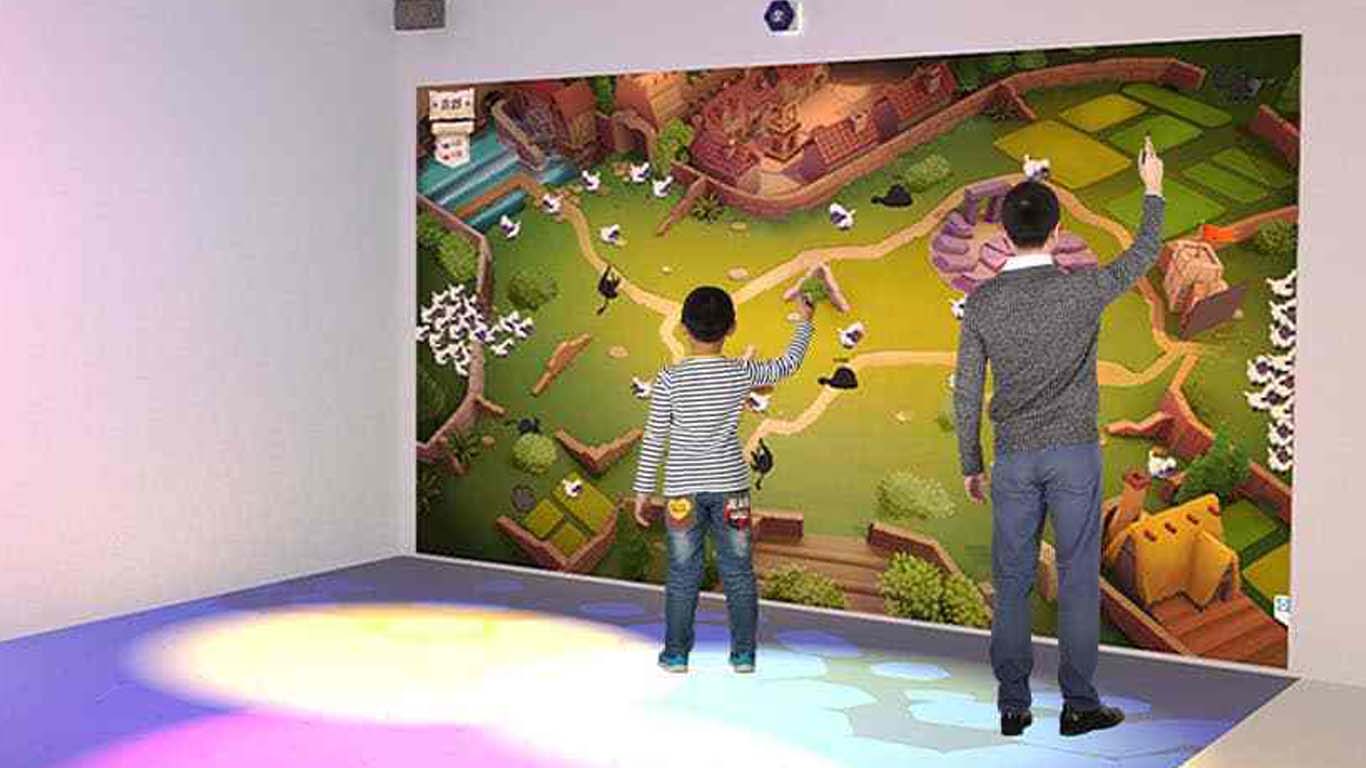
Is technology a barrier to learning?
While digital tools offer many opportunities, they also raise questions! In particular, questions about their effects on concentration, cognitive development, and access to equitable education.
Distraction and loss of concentration
In the classroom, the use of digital technology can be a double-edged sword. On the one hand, it captures attention, but on the other, it can become a major source of distraction. Social media, notifications, and constant demands for attention hinder students’ concentration. According to a study by Common Sense Media, young people spend an average of eight hours a day in front of a screen, which impacts their ability to maintain their attention on a prolonged task.
Inequalities in access
The integration of educational technologies also depends on equal access. In rural or disadvantaged areas, infrastructure is sometimes inadequate, limiting the use of these tools. In France, nearly 30% of rural schools do not have optimal access to digital resources, widening the gap between students.
The positive aspects of technology for education and learning
Despite these limitations, interactive technologies offer innovative solutions for modernizing learning and developing new skills through gamification.
Read our dedicated article to understand the concept of gamification.
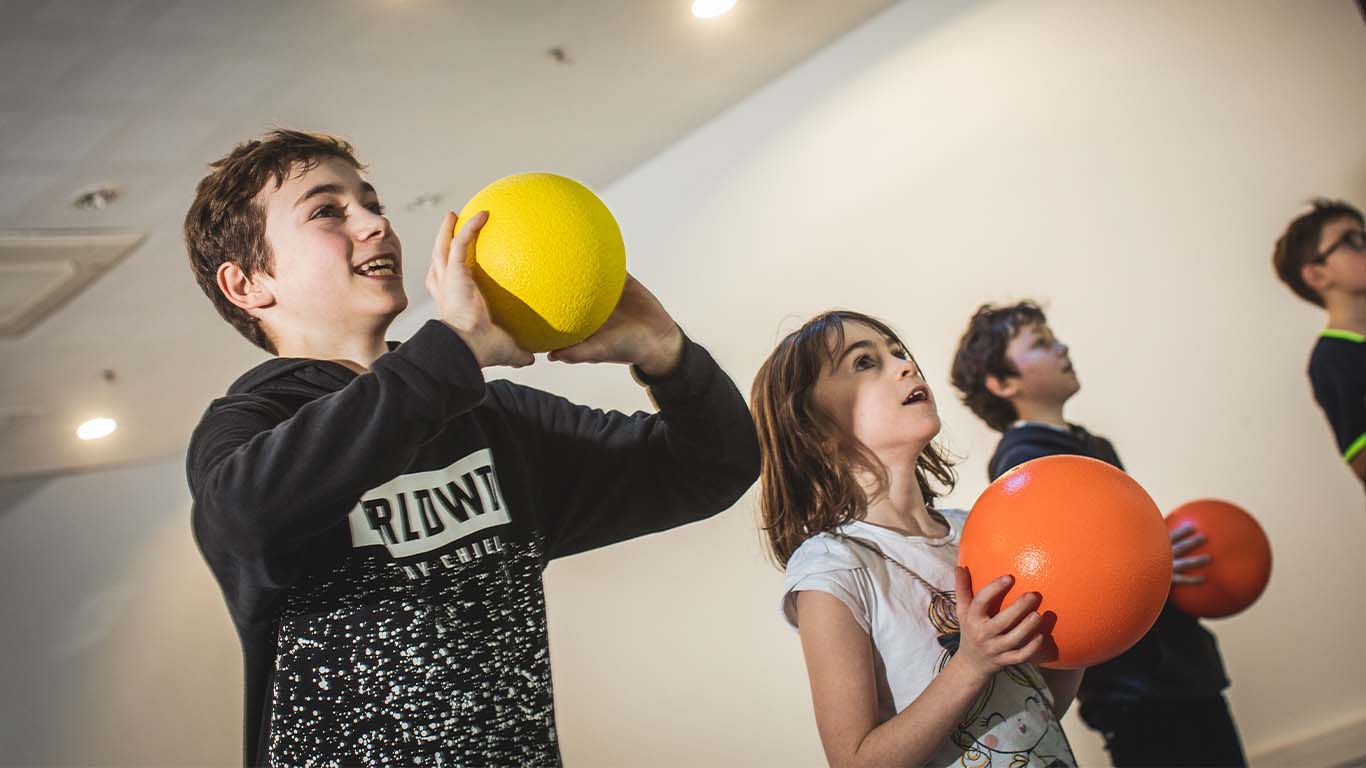
Improving access to information
The evolution of the web has radically transformed access to information and the way we learn.
From the first static educational websites to today’s interactive platforms and artificial intelligence tools, the web has democratized education by making learning accessible to everyone, everywhere in the world.
Search engines such as Google and educational video platforms such as YouTube play a central role in this transformation. In 2022, 85% of teachers used online resources to enrich their lessons, according to the OECD. This includes videos, articles, forums, and tutorials that allow students to deepen their knowledge outside the traditional school setting.
MOOCs (Massive Open Online Courses), which emerged in the 2010s, have made education more inclusive. Today, more than 25 million people take online courses each year, demonstrating the scale of this global trend.
Personalization of learning
Artificial intelligence and adaptive software offer tailored teaching, adjusted to the needs and pace of each student. EdTech Magazine reveals that 73% of teachers consider these tools beneficial for improving student understanding.
Edutainment: learning while having fun
The integration of play into learning, through gamification and edutainment, promotes student engagement and improves knowledge retention. A study by Stanford University has shown that students engaged in playful activities retain 25% more information.
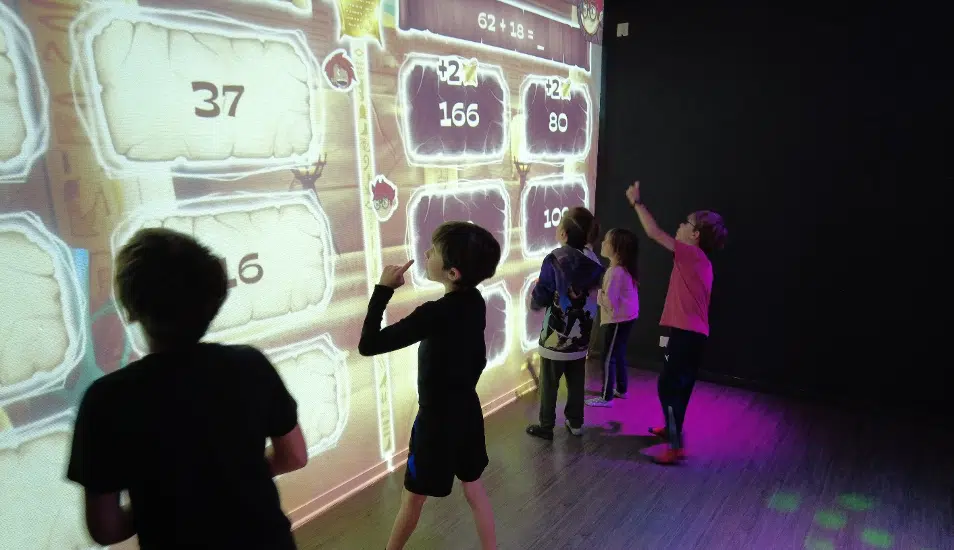
Examples of educational technology use
Educational technologies are transforming learning by offering increased accessibility, personalized teaching, and greater learner engagement.
Thanks to the rise of online learning platforms, digital collaboration tools, and immersive technologies (interactive walls, virtual reality, educational games, websites, learning and knowledge apps, and games such as general knowledge tests and interactive quizzes), education is becoming more flexible, interactive, and tailored to the specific needs of each student.
Online learning platforms
Online learning platforms such as Khan Academy and Coursera are revolutionizing education by making learning accessible to everyone, regardless of location. Khan Academy offers a vast library of free resources covering topics ranging from mathematics to the humanities.
Coursera, a platform offering courses from leading universities and institutions around the world, has experienced exponential growth.
In 2022, more than 120 million students worldwide were using Coursera, demonstrating the importance of these platforms in modern education. Online education breaks down geographical barriers and makes courses more accessible and flexible, offering new learning opportunities to millions of people.
Apps, puzzle games, or educational games
Educational apps offer a fun and effective way to learn. A great example is Duolingo, which allows users to learn foreign languages through an interactive and gamified approach.
Today, Duolingo has over 500 million users worldwide. This app is a model of the effectiveness of gamification in education. It encourages users to practice regularly, using game elements such as points, levels, and rewards.
In addition, apps such as Quizlet and Kahoot! use interactive quizzes and review games to reinforce students’ knowledge in a fun way. These tools, often used in classrooms or remotely, promote active learning and enhanced memorization.
Interactive and immersive technologies
Les tableaux interactifs et la réalité augmentée (RA) apportent une dimension immersive et engageante à l’apprentissage.
Les tableaux interactifs, qui sont désormais courants dans les écoles modernes, permettent aux enseignants d’intégrer des contenus multimédias dans leurs leçons et de créer des expériences interactives. Selon une étude menée par Promethean World, 78 % des enseignants estiment que ces outils améliorent la participation en classe et permettent de rendre l’apprentissage plus dynamique.
La réalité augmentée va encore plus loin en superposant des éléments virtuels au monde réel, créant ainsi des environnements d’apprentissage immersifs. Par exemple, des applications comme Google Expeditions permettent aux élèves de “voyager” dans des lieux historiques ou d’explorer le système solaire, offrant ainsi une expérience d’apprentissage riche et captivante.
Interactive whiteboards and augmented reality (AR) bring an immersive and engaging dimension to learning.
Interactive whiteboards, which are now commonplace in modern schools, allow teachers to integrate multimedia content into their lessons and create interactive experiences. According to a study conducted by Promethean World, 78% of teachers believe that these tools improve classroom participation and make learning more dynamic.
Augmented reality takes this a step further by superimposing virtual elements onto the real world, creating immersive learning environments. For example, apps such as Google Expeditions allow students to “travel” to historical locations or explore the solar system, providing a rich and engaging learning experience.
At NeoXperiences, we go even further by integrating educational games into interactive solutions. Our games are designed to stimulate children’s cognitive functions while entertaining them, combining thinking, motor skills, and interactivity. In our case, this involves the use of an interactive and immersive wall that allows us to create activities that combine play and thinking, as well as physical activity:
- problem solving
- team coordination
- stimulating the body and mind
- precision games
- la résolution de problèmes
- la coordination en équipe
- stimuler le corps et l’esprit
- jeux de précisions
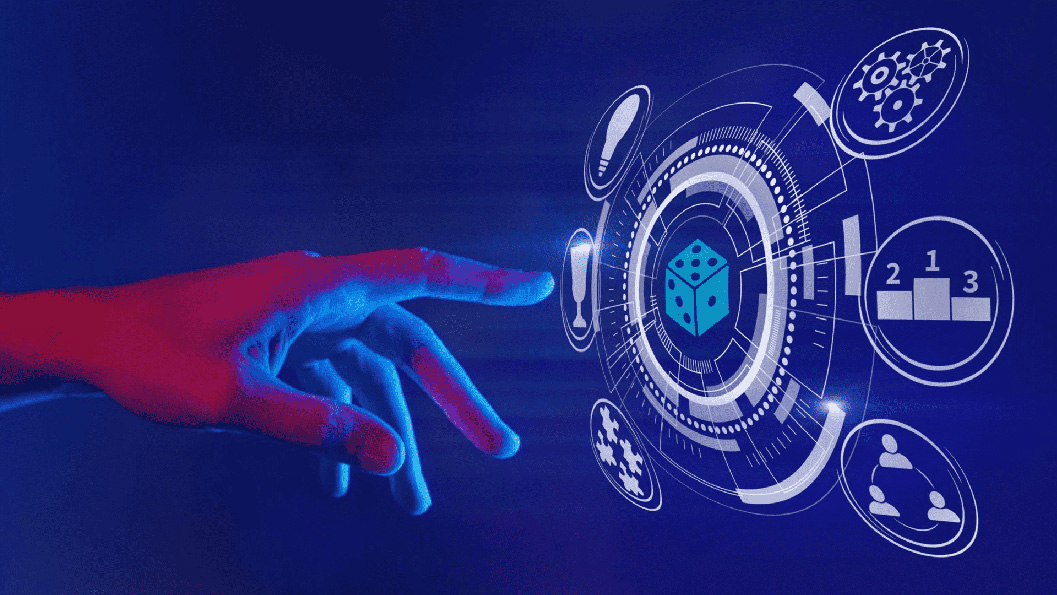
Digital collaboration tools
Digital collaboration tools, such as Google Classroom, have revolutionized the way teachers and students interact. Google Classroom makes it easy to manage assignments, grades, and communication between students and teachers. In 2021, Google Classroom had over 150 million active users worldwide, making it one of the most popular platforms in education. These tools not only enable centralized task management, but also promote seamless, real-time collaboration between different stakeholders in the learning process.
In addition to Google Classroom, tools such as Microsoft Teams for Education and Slack are also used to facilitate communication and resource sharing within schools. They allow students to work in groups, exchange ideas, and collaborate on projects efficiently, even when they are geographically separated.
Outdoor activities combining play, socialization, and learning
Example 1: Interactive puzzle games
Interactive educational games, such as those developed by NeoXperiences, are designed to stimulate cognitive abilities while providing an immersive and engaging experience. By combining logic, coordination, and strategy, these games allow children to develop essential skills while having fun. Physical movement coupled with problem solving promotes better assimilation of concepts.
Example 2: Educational escape games
Escape games adapted for the school environment are an effective method for encouraging collaboration and critical thinking. Immersed in a captivating plot, students must analyze clues, solve puzzles, and cooperate to advance. A study by Laval University found that 92% of teachers using this approach observed a significant increase in student participation and engagement.
Conclusion
Educational technologies are powerful tools that, when used properly, enrich the learning experience. They offer unlimited access to knowledge, encourage interactivity, and promote student autonomy. However, their integration must be carefully considered to avoid misuse and ensure a balance between digital and traditional learning.
DISCOVER OUR INTERACTIVE GAMING FACILITIES
Other posts
What is gamification? Gamification is the art of incorporating game elements into a non-game context. It relies on mechanisms such as challenges, …
In a world where digitalization is transforming every sector, sports clubs must innovate to capture and retain the attention of their members. …
Technological developments and their integration into learning Educational technologies have gradually transformed the way students learn and teachers impart knowledge. From the …

